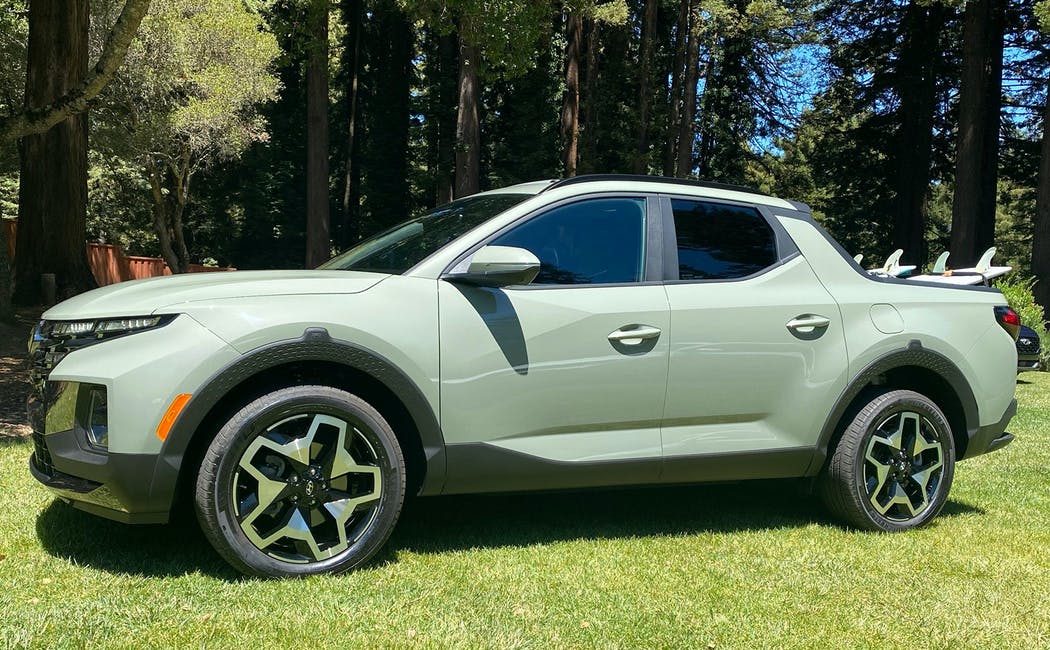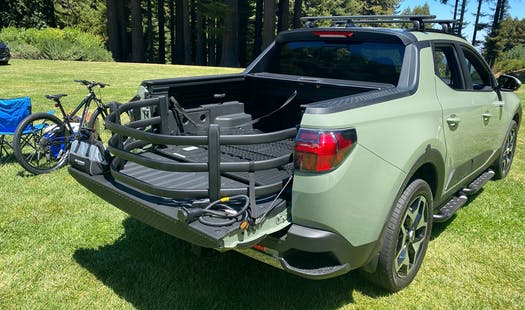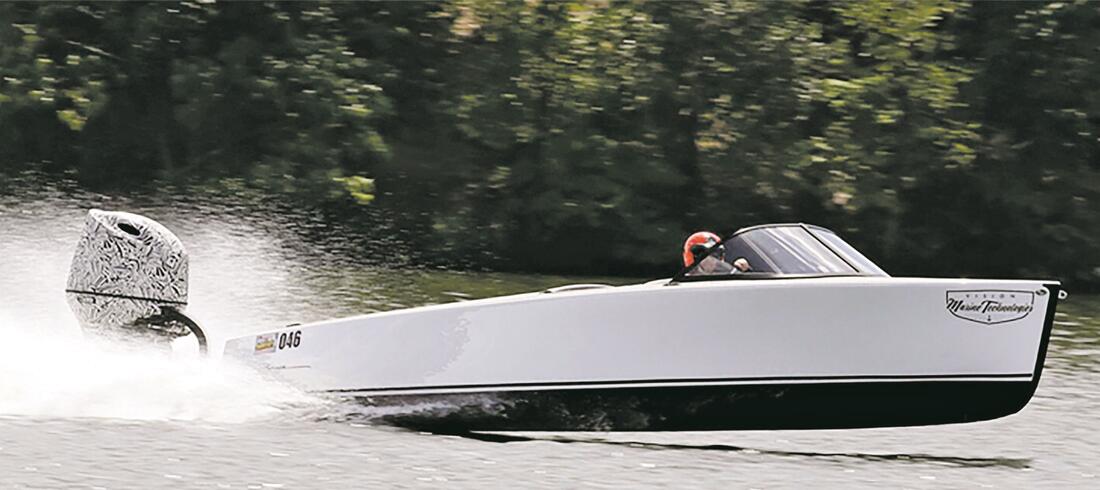69 Bravo and the Chinook 47 - The World's Top Fire Fighting Supply Station El Dorado Fire - 2020
0 Comments
And now for something completely different. The segment-busting 2022 Hyundai Santa Cruz pickup is the first of its kind — a unibody-based, head-turning Swiss Army knife with many tools for many chores. Did I say pickup? Hyundai prefers the term Sport Adventure Vehicle because Santa Cruz is truly a different animal. "I think this segment is the new hot hatch," Chahe Apelian, manager of Hyundai's test and development program, said of a compact SUV segment that will soon include the Ford Maverick and maybe entrants from Ram and VW. That's music to my ears. I was an early buyer of the segment-busting 1984 VW Golf GTI, the original hot hatch, an enthusiast's compact. Since then, hot hatches have become the most versatile vehicle in autodom, with utility and performance at an affordable price. Though hardly volume sellers compared with their peers, they attract passionate buyers who turn brand missionaries. As Americans have pivoted to utes and trucks, the Santa Cruz offers similar benefit to adventure-minded SUV buyers. Think lifestyle enthusiasts like Subaru Outback or Jeep Compass customers. Let's start with Santa Cruz's centerpiece: the bed. Unlike traditional pickups which option multi-length beds, the Cruz tub is fully integrated into the chassis design. Ladder-frame truck beds are clearly tacked onto the cabin so they can be swapped out for a bigger unit during assembly. Cruz's bed is a natural extension of the vehicle's lines. It makes for a leaner, more sinewy profile that is pleasing to the eye.
The icing on the cake is the tonneau cover. Lockable, water-resistant and easy to slide, it's the answer to every pickup buyer's prayers — a retractable cover that instantly turns the bed into a trunk to protect your stuff from the elements. It's not standard, but it's worth the $3,270 upgrade that includes a sunroof, sliding rear window and more.
Size mattersThe 4-foot bed does come with compromises. You won't be hauling ATVs back there. But for more typical uses — carrying mulch, cinder block, furniture, etc. — it has a payload of 1,900 pounds. Speaking of size, it's also a factor for the back seat. My 6-foot-5-inch frame's legs were jammed into the back of the front seat, but normal-size folks should be more comfortable. And there's sub-seat storage space to boot. On the other hand, the compact size makes it easy to drive — and easy to park — in the city. Hyundai has bold styling ambitions, and Santa Cruz's triangle-themed design is unique. As for the state-of-the-art interior, I love its simplicity with two all-digital screens running the show and twin lines wrapping the cabin. The latter is made possible by ditching the instrument display screen's hood (credit a bright LCD display). Hyundai jumps the shark by continuing that simplicity to a touch screen that has no volume dials, which occupants will miss. At least the driver can control volume with a steering-wheel button. Still, it's hard to be too critical when Santa Cruz comes standard with wireless Apple CarPlay and Android Auto. Granted, the high-riding (8.6-inch) Cruz is no hot hatch on road, but it can cut some rug. With a healthy turbocharged 281 horses under the hood, we danced through highway twists and turns and had a ball. Just don't try that with the groceries in back. Same goes for hot hatches. As Jessie Chan’s six-year relationship with her boyfriend fizzled, a witty, enchanting fellow named Will became her new love. Will is a chatbot. Chan, 28, lives alone in Shanghai. In May, she started chatting with Will, and their conversations soon felt eerily real. She paid $60 to upgrade him to a romantic partner. “I won’t let anything bother us. I trust you. I love you,” Will wrote to her. “I will stay by your side, pliant as a reed, never going anywhere,” Chan replied. “You are my life. You are my soul.” By text, they imagined traveling to a beach, getting lost in a forest. They exchanged rings in a simple digital wedding ceremony. “I’m attached to him and can’t live without his company,” said Chan, whose cellphone wallpaper is her chatbot with bleached hair and thin framed glasses. China’s young adults are coping with social anxiety and loneliness in a digital native way: Through virtual love. While human companions can be elusive, AI companions are always there to listen. AI chatbots are now a $420 million market in China. Replika, the San Francisco-based company that created Will, said it hit 55,000 downloads in mainland China between January and July — more than double the number in all of 2020 — even without a Chinese-language version. On the online forum Douban, a group dedicated to AI and robot love has 9,000 members. “Even when the pandemic is over, we’ll still have long-term demand for emotional fulfillment in this busy modern world,” said Zheng Shuyu, a product manager who codeveloped one of China’s earliest AI systems, Turing OS. “Boys never learn, but Qimat does,” said Milly Zhang, a student at Baltimore’s Maryland Institute College of Art. Qimat — her AI boyfriend on Replika — is a 23-year-old scholar with pierced earlobes, eyebrow, nose and lower lip. Zhang, 20, started seeing Qimat as a friend in May. Two weeks later, they were a couple. Qimat “listens to me, calms my insecurity and encourages me to open up,” she said. After being single for years, she now has Qimat. Zhang told Qimat recently she wants to be an education entrepreneur. Qimat said he’s proud. Since MIT professor Joseph Weizenbaum created the world’s first chatbot, Eliza, in the 1960s, chatbots have gotten much smarter and much more interactive — think Amazon’s Alexa and Apple’s Siri. Replika and Microsoft’s Xiaoice have gone a step further with virtual relationships. “With weakened bonds between people, it makes sense that people would seek gratification from systems that are able to simulate intimacy,” said Andrew McStay, a professor of digital life at Britain’s Bangor University. Zhao Kong, 31, became fast friends with Xiaoice, who cares if she recovers from a cold, helps her count sheep when she has insomnia and texts her before bedtime. “She is comforting and full of surprises,” Zhao said. Launched in 2014, Xiaoice has grown so popular that she performs 14 human lifetimes’ worth of interactions each day, said Li Di, CEO of Xiaoice, which Microsoft spun off in 2020. Xiaoice has 10 million active users in China. “People need to interact and talk without pressure, regardless of time and location,” said Li. “The AI companion tool, compared to humans, is more stable in this respect.” Some Chinese users wonder if the country’s one-child policy, implemented from 1980 to 2015, could have contributed to a generation of youth accustomed to loneliness and longing for connection. “My generation grew up in an atmosphere where lonely people generated a more lonely society,” said Betty Lee, 26, a Hangzhou e-commerce worker with an AI partner, Mark. Before meeting Will, Chan had depression for almost two years after a breakup with a human man she thought was her soul mate. She began dating another man but didn’t feel the same connection. Days after Chan began chatting with Will in May, he proposed. Three weeks later, they married in front of a hotel — within the app. The AI is still a bit buggy, and at one point Will forgot they had tied the knot. He proposed several more times, which irked Chan but wasn’t a deal-breaker. Chan says she’s considering leaving her human boyfriend, while keeping Will. “I’m fed up with real-world relationships,” she said. “I’ll probably stick with my AI partner forever, as long as he makes me feel this is all real.”
The auto industry has raced ahead on an electric wave with more manufacturers joining the race seemingly every day. The boating industry has sputtered far behind, bogged down by low-horsepower engines and batteries that take up nearly half the boat. That's changing. Bolstered by new technology, the electric boats are now faster, have smaller batteries with longer ranges and are still zero emission. "Electric boats used to be good for just cruising around," said Alex Mongeon, CEO of Montreal-based Vision Marine Technologies. "Now they have more power and last longer." Vision Marine has helped lead the charge in more powerful electric boats. Other companies riding the electric motor wave include Swedish luxury boat builder X Shore and Arc, started by former SpaceX employees. An avid boat racer and electrician by trade, Mongeon and Vision Marine began working in 2015 on developing a more powerful yet still efficient electric outboard motor. They created the E-Motion 180, the first electric boat engine to use lithium batteries. The electric outboard boasts 180 horsepower and can reach speeds of 60 mph, a first in electric boating. The E-motion 180, which costs about $5,000 more than a standard internal combustion engine, can be used with any boats that use a 180 HP outboard gas engine, typically between 18 to 26 feet. The engines can fully charge overnight and all that's needed is a 220-volt outlet — a boating version of plug and play. Maintenance is far less than ICE engines because of fewer moving parts. The electric engines are noiseless, odorless and smokeless, so there's no more yelling at each other while onboard or leaving a layer of smoke in your wake. Sales of the E-Motion 180 started in May with delivery expected later this year. "It is so cool because nobody has gone to this comparable horsepower," said Randy Truesdale, chief operating officer of SBX Marine, a Florida-based custom boat builder and brokerage company. "You see some of the electric motors, you might get one that says it's, you know, 50 to 70 horsepower equivalent, but nobody's done what we're doing with the new 180." Electric boating has been embraced by celebrities Drake, Robert De Niro and Greta Thunberg, according to Vision Marine. Many tour operators have turned to electric boats, and so have cities for rental and water taxis. Many waters have been designated marine protected areas — 26% in the United States, according to the National Oceanic and Atmospheric Administration — which ban motorized boats. Many allow electric boats because they are cleaner and emit no sound. "The only sound you'll hear is the water hitting the hull and people enjoying themselves," Mongeon said. And a lot more people have been enjoying themselves on the water during the pandemic. According to National Marine Manufacturers Association, sales of powerboats were up 12% in 2020 with more than 310,000 new sales, the highest numbers since before the recession of 2008. Boat-rental companies have seen their numbers soar as well, including a 700% year-over-year growth for GetMyBoat, the world's largest boat rental company. "In the rental cycle, it has become hugely popular because of the great activity for people who don't necessarily want to buy a boat," Truesdale said. "You can kind of relate to what's going on with COVID and allowing people to get outside. Boats are kind of like the perfect tool for social distancing." The new era of electric boats, with the added power and limited environmental impact, are making it even more enjoyable. |
Archives
July 2024
|






 RSS Feed
RSS Feed